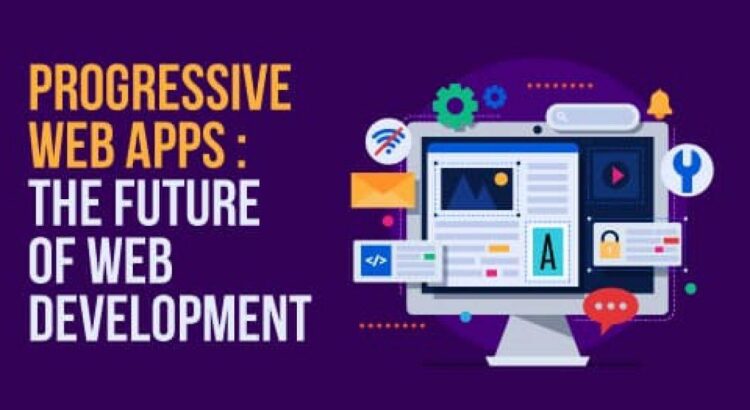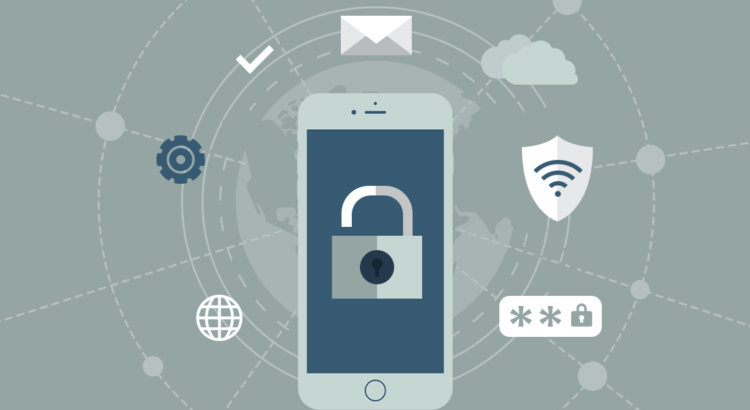With the onset of Progressive Web apps, many organizations have started using this technology to offer a captivating user experience & connect to the specific audience more quickly. Therefore, PWA development services are turning to be more popular in various industries.
The eCommerce business is one such sector that is gaining the advantages of the game-changing Progressive Web apps technology. After all, it signifies further growth in mobile-driven industries. The Progressive Web apps platform assists eCommerce brands emphasis to improve the user experiences. It permits brands to grow three times faster than an eCommerce site.
How Progressive Web Apps are useful for eCommerce Stores-
The advantages of Progressive Web apps for eCommerce industries are innumerable. PWAs make the online purchasing experience extremely smooth, following are the reason how PWAs can rule as well as change the outlook of mobile-commerce:
1. Saves Time & Cost of Development – As Progressive Web apps architecture rests on recyclable codes, developers might use them over & over again. Whereas, to create an app you need different code for another platform. Moreover, your app should achieve particular needs to get an approval from both platforms’ critics.
2. Amazing Marketing Scopes – Search engines are making slight alterations to their voice-based searches. Similarly, sellers must also fine-tune themselves. Progressive Web apps is an amazing SEO approach that an application can’t manage though it is accessible on the app stores. As Progressive Web apps is a site in the native form, it automatically improves searchability.
3. Bridges Gap among Customers & Merchants – With a PWA, users do not have to download an application. Thus, it lowers the cognitive load that operators normally encounter when undergoing the app downloading procedure. Having a lot of apps on the mobile phone makes it slower, jamming the phone. Therefore, mobile-driven businesses are turning to Progressive Web apps more swiftly.
4. Offline Functionality with Service Workers – Cache & service worker APIs are USPs of Progressive Web apps. Service workers work in the background & are responsible for attaining cache elements & sending notifications.
5. Flexibility and Responsiveness – The flexibility & responsiveness of PWAs may impact your choice. Progressive Web apps have a responsive design. Therefore, no matter which gadget you are using, your site’s design must fulfil with its resolution & size.
6. Automatic Updates & No App-Store Charges – In a Progressive Web app, automatic updates work like a routine website update wherein all updating procedures occur at server end. And this allows the end-operators to have an updated website app. A Progressive Web app helps you refrain from the pointless costs without impacting your site’s visibility.
7. Secure Payments – Security is one of the rewards PWA offers the eCommerce businesses. People certainly choose the concept of online shopping. Because of the combination of Payment Request API with the browser, buyers can practice secure as well as fast payments. There is no checkout form in this payment system, and this assists the consumers finish their purchase instantly.
Commencing with PWAs is the best choice for eCommerce industry that needs to rise mobile conversions. As the online biggies are using Progressive Web apps to rule the industry, it is essential for every mobile-driven business to seize this opportunity. Thus, this is incredible news for every eCommerce trade owner.





